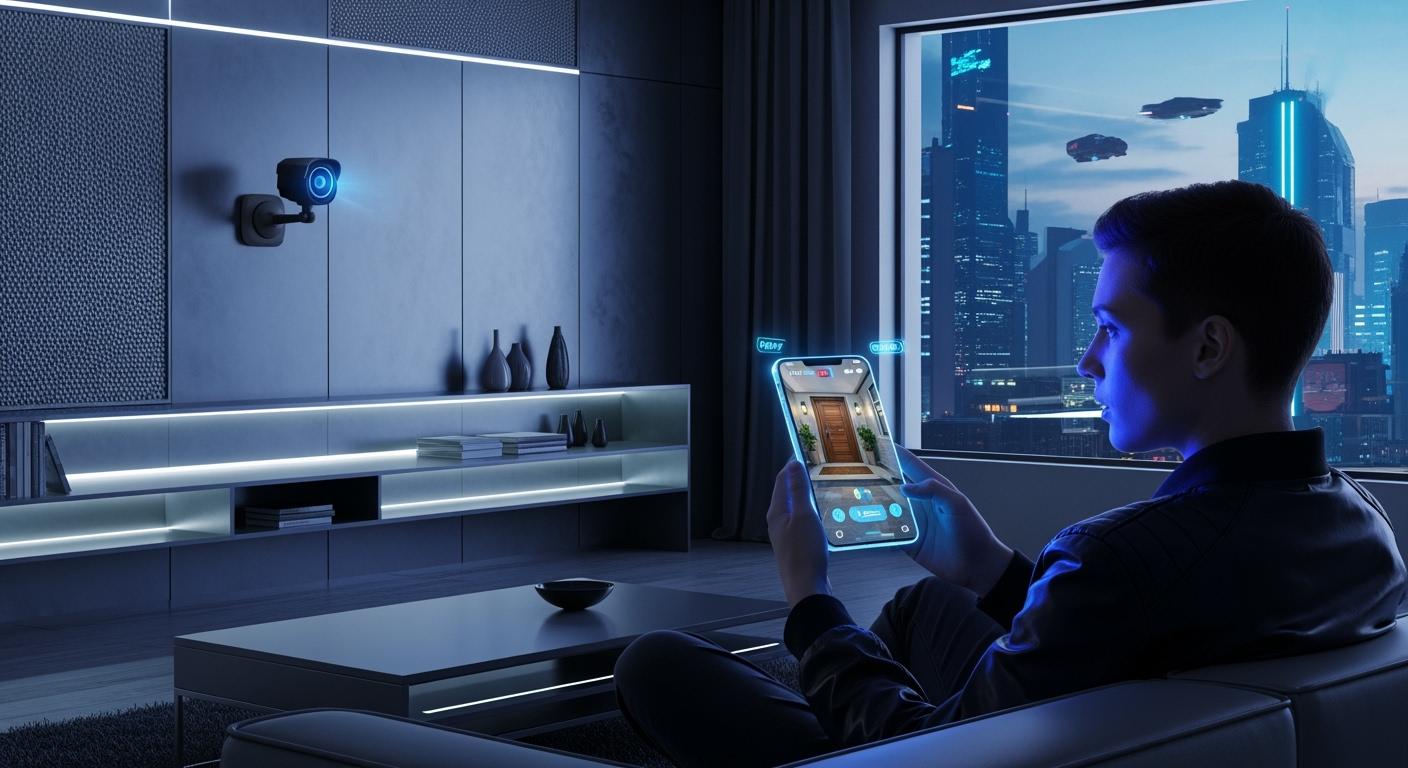
You want to see your home cameras easily at any time. Mobile security cameras let you watch live video on your phone. You get quick updates no matter where you are. Most cameras use Wi-Fi or cell networks to connect to your phone. Look at how 68% of people think remote access is very important:
| Statistic | Percentage |
|---|---|
| Think remote access with smartphone apps is very important | 68% |
| Think all new homes should have security systems | 50% |
| Say 24/7 professional monitoring is a must-have | 49% |
Key Takeaways
- Mobile security cameras let you watch your home from anywhere on your phone. This helps you feel safe and lets you see live video fast.
- Pick indoor or outdoor cameras depending on what you need. Indoor cameras are for inside your house. Outdoor cameras can handle rain and sun.
- Find cameras with smart features like motion alerts and two-way audio. These features make your home safer and let you talk in real time.
How Security Cameras Work
Wireless Connection
You want cameras that connect fast and do not need lots of wires. Most wireless cameras use Wi-Fi to send video right to your phone. Some cameras use 4G or LTE, so you can still check them if Wi-Fi stops working. A few cameras use SD cards to save video without the internet. Here is a quick look at how cameras connect:
| Method | Description |
|---|---|
| Cellular Networks | 4G security cameras use LTE to connect to phones. You can watch video and get alerts anywhere. |
| Local Storage | Cameras use SD cards to record video without internet. |
| Ethernet Cables | Some cameras use Ethernet cables for a strong connection. They do not need Wi-Fi. |
Wireless cameras send video with radio waves. The camera has a transmitter and an antenna. The transmitter turns video into a signal. The antenna sends the signal out. Your phone gets the signal and shows you live video.
New security cameras have many cool features. You get 4K Ultra HD video, color night vision, and smart AI detection. These features help you see things clearly, even at night. They help you spot people or cars quickly. Here is what you can get:
| Feature | Description |
|---|---|
| 4K Ultra HD Video | Very clear video helps you see details. |
| Color Night Vision | You get bright, colorful pictures at night. |
| Smart AI Detection | The camera finds people, cars, and pets fast. |
Brands like Botslab, Ring, Nest, and AlfredCamera have these features in their cameras.
App Integration
You use an app on your phone to control your cameras. The app lets you watch live video, get alerts, and talk through the camera. Here is why using an app is helpful:
- You can see your cameras from anywhere.
- You can check on your home, family, or pets anytime.
- You save money because you do not need extra screens.
- You can set up and manage your cameras with a few taps.
Using an app helps you feel safe and makes home security easy.
Mobile Security Cameras

Indoor vs Outdoor
There are many types of security cameras for your home. Indoor cameras are made for inside use. Outdoor cameras are built to protect outside areas. Here is how they are different:
| Feature | Indoor Cameras | Outdoor Cameras |
|---|---|---|
| Weather Resistance | Not made for rain or snow | Built to handle all kinds of weather |
| Night Vision | Usually does not have color night vision | Often has color night vision |
| Field of View | Has a smaller view for small rooms | Has a wide view for big spaces |
| Motion Detection | Not as sensitive, can give false alerts | Very sensitive, made for outdoor dangers |
| Durability | Lighter and not as strong | Strong and hard to break |
Indoor cameras cannot handle water or snow. Outdoor cameras are strong and work in storms, heat, or cold. Outdoor cameras can have floodlights and color night vision. Motion detection works better outside, so you get fewer wrong alerts. Outdoor cameras are made to last and work in any weather.
Wired vs Wireless
You may ask if you need wired or wireless cameras. Wireless cameras are easy to set up. You do not need to run wires in your house. You can move them if you want to change spots. Wired cameras need cables, so setup takes longer. Wired cameras give steady video and do not lose signal as much.
- Wireless cameras are easy to put up and good for fast setups.
- You can put wireless cameras anywhere and move them if needed.
- Wired cameras give better video and are more reliable.
- Wireless cameras can lose signal if too far from your router.
- Wired cameras do not get mixed up by other devices.
Mobile security cameras come in many types. You can pick indoor, outdoor, doorbell, or solar-powered cameras. Many cameras have 360° views, are weatherproof, and are easy to install. Most cameras connect to Wi-Fi or use cell networks for remote viewing. You can use your phone to watch live video and get alerts anywhere.
Key Features
Live Feed on Your Phone
You want to know what is happening at home now. Security cameras with live feed let you watch things as they happen. You just open the app on your phone and start watching video. You can check your front door, backyard, or living room fast. Many cameras show clear video, even at night, with color night vision. You get sharp pictures and can see faces or license plates.
Tip: If you have more than one camera, you can see all live feeds at once. Some apps let you switch between cameras or see four screens together.
Here are features experts say are important for live feed:
| Feature | Description |
|---|---|
| Color night vision | See everything clearly, even in the dark. |
| Long range | Watch big outdoor spaces without losing video quality. |
| 2K or 4K resolution | Get clear, detailed pictures for easy identification. |
| Integration with smart home | Control cameras with your voice using Alexa or Google Home. |
Mobile security cameras work with Wi-Fi or cell networks. You can use wireless cameras in places with no internet if you pick models with 4G or 5G. Brands like Reolink give good live feed quality and work with iOS and Android.
Motion Alerts
You do not want to miss anything important. Security cameras send alerts to your phone when they see movement. You get a message right away, so you can check the live feed and see what is happening. Some cameras use smart AI to tell the difference between people, pets, and cars. This means you get fewer wrong alerts.
- ADT cameras send alerts in 30 to 45 seconds.
- Vivint cameras can send text alerts in under 10 seconds.
You can set up motion zones in the app. This helps you focus on areas that matter most, like your front porch or driveway. Motion lights make sure cameras only record when something happens, saving storage space.
Storage Options
You want to keep your videos safe and easy to get. Security cameras offer two main ways to save video: local storage and cloud storage. Local storage uses SD cards or a home base, so you control your data and do not pay monthly fees. Cloud storage lets you watch videos from anywhere, but you may need a subscription.
| Storage Type | Cost Factors | Data Security Features |
|---|---|---|
| Local Storage | Higher upfront costs, minimal ongoing expenses | Full control over data, immediate access |
| Cloud Storage | Ongoing subscription fees, lower initial investment | Advanced encryption, regular security checks |
Local storage gives you privacy and quick access. Cloud storage is good if you want to watch videos when you are away from home. Some cameras let you add more local storage up to 16TB, so you can save months of video. You can choose what works best for you.
Two-Way Audio
You can talk to people near your cameras using two-way audio. This feature lets you greet visitors, warn strangers, or give instructions during emergencies. You just tap the microphone in your app and speak through the camera’s speakers.
| Benefit | Description |
|---|---|
| Active Deterrence | Speak to intruders and scare them away. |
| Remote Communication | Talk to delivery drivers or guests without opening the door. |
| Emergency Response | Give directions in real time during urgent situations. |
| Customer Service & Operations | Manage access or help customers in stores from anywhere. |
Two-way audio makes your cameras more useful. You can talk, respond, and protect your home in new ways. Many wireless cameras are easy to set up for two-way audio, so you can use it right away.
Note: Most mobile security cameras let you use two-way audio and live feed together. You can see and talk at the same time.
You get all these features in one place. The app brings live feed, alerts, storage, and two-way audio together. You control your cameras from your phone, making home security easy and smart.
Top Picks
Best for Mobile App
You want cameras that work well with your phone. The best apps let you watch live video and get alerts fast. You can control your cameras with just a few taps. Here are some top cameras and what their apps can do:
| Camera | Key App Features |
|---|---|
| Arlo Pro 4 | Easy to use, lets you change motion settings, sends alerts right away, works with smart home devices |
| Ring Stick Up Cam | Sends alerts, shows live video, lets you talk and listen, works with Alexa, has a timeline |
| Google Nest Cam (Battery) | Sends smart alerts, works well with Google products, looks nice |
| EufyCam 2C | Lets you save video on the camera, app is simple, keeps your data safe, sends alerts |
| Wyze Cam v3 | Finds motion and sound, lets you pick alerts, costs less, saves video on the camera |
| Blink Outdoor | Simple app, sends motion alerts, shows live video, lets you talk and listen |
You can use one app to control all your cameras. You get alerts right away and can talk to people at your door.
Best for No Subscription
Some cameras do not need a monthly fee. You still get alerts, live video, and can save videos. Here are some good and bad things about these cameras:
| Pros | Cons |
|---|---|
| Video checks help stop false alarms | Only goes up to 1080p for most cameras |
| Smart motion alerts work well | Not many ways to save video on the camera |
| Some cameras like Lorex have 4K video | Lorex has too many choices, can be confusing |
| Can see far at night with color and infrared | Some cameras do not have pro monitoring |
| Wyze lets you save video on MicroSD card | You get less storage unless you upgrade |
Lorex and Wyze are good if you do not want to pay every month. You get clear video and can save money while keeping your home safe.
Best for Outdoor Use
Outdoor cameras must work in bad weather and always stay on. Look for cameras that are weatherproof, wireless, and have backup batteries. Here is what makes outdoor cameras strong:
| Feature | Benefit |
|---|---|
| Weatherproof Design | Works in rain, wind, and storms |
| Wireless Capabilities | No wires outside, works better |
| Battery Backups | Cameras keep working if the power goes out |
| Remote Monitoring | You can check your home from your phone |
| Ruggedized Construction | Works in very hot or cold weather |
Botslab, Eufy Floodlight Camera E340, and Arlo Go are great for outside. They give you wide views, color night vision, and smart alerts. You can watch your home from anywhere with these mobile cameras.
Setup Guide
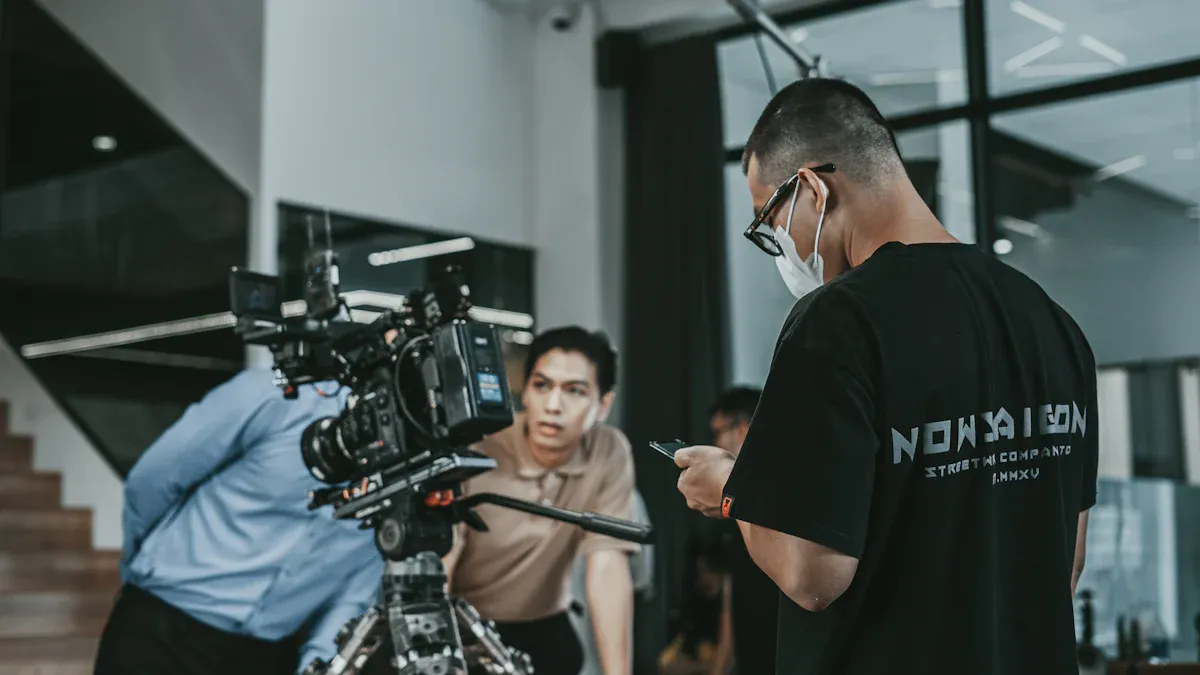
Installation Steps
It is not hard to set up security cameras for remote viewing. Here is an easy guide to help you start:
- Choose a good place for your cameras. Put them up high so you can see more. Keep them away from bright sun and heavy rain.
- Use the tools that come with your cameras to put them up. Make sure they do not move or fall.
- Plug in your cameras or put in batteries if they are wireless.
- Connect your cameras to Wi-Fi or a cell network. Follow the steps in the manual.
- Get the right app for your camera on your phone.
- Open the app and add your cameras. You might need to scan a code or type in your username and password.
Tip: Put cameras near doors and windows. Do not point them at glass because it can make glare.
App Setup
You need the right app to use all the features of your cameras. Sometimes it is hard to find the app, so check your manual for the name. Most apps want you to make an account before adding cameras. When you are in the app, look for device settings. Follow the steps to add each camera, turn on motion alerts, and change notification settings for remote viewing.
Troubleshooting
If you have problems, do not worry. Here are some common problems and how to fix them:
| Issue | Description | Solution |
|---|---|---|
| Cannot connect to camera | Network is not stable | Check your router and restart devices |
| App crashes | Not enough memory for the app | Clear memory or reinstall the app |
| Inability to view live feed | App does not have the right permissions | Change app permission settings |
- Make sure your cameras and phone have a strong signal.
- Too many things on your network can slow down video.
- Keep your app updated for the best results.
Note: If you still need help, look at your camera’s manual or support page.
Security Tips
Privacy Settings
You want to keep your videos and personal info safe. Most camera apps offer privacy settings that help protect your data. Here are some ways you can boost your privacy:
- Look for cameras with TÜV Rheinland certification. This means they follow strong cybersecurity rules.
- Check if the app meets the ETSI EN 303 645 standard. This helps lower the risk of personal data leaks.
- Choose cameras with CCPA certification. You can control your recorded footage and decide who sees it.
Cameras collect lots of data, like your email, phone number, and even your location. Indoor cameras usually gather about nine data points, while outdoor cameras collect around twelve. Some of this info links directly to you, so always review what you share.
Tip: Only share camera access with people you trust. Limit who can view your footage from their phone.
App Security
You do not want strangers to see your camera feeds. Use strong passwords and never reuse them. Turn on two-factor authentication (2FA) in your camera app. With 2FA, you need a password and a special code to log in. This extra step makes it much harder for anyone to break in.
- Two-factor authentication adds a strong layer of protection.
- Multi-factor authentication checks your identity in more than one way.
If your app offers these features, turn them on right away.
Updates
Keep your cameras and apps up to date. Updates fix bugs and close security gaps. Many people only update when they have problems, but it is better to check for updates often.
Firmware is not static. It is designed to be improved and upgraded over time — and this is something we have all learned with our own personal desktop and mobile devices.
Set a reminder to check for updates every few months. This keeps your security cameras working their best and helps protect your privacy.
You get peace of mind with security cameras you can watch on your phone. These cameras help you spot trouble fast, deter crime, and keep your home safe. Think about what matters most to you. Check this table before you choose:
| What to Look For | Why It Matters |
|---|---|
| Easy app controls | Simple to use every day |
| Smart alerts | Know what happens right away |
| Privacy settings | Keep your videos safe |
Take a moment to review your needs and pick the best camera for your home.
FAQ
Can I watch my security cameras from anywhere?
Yes! You can check your cameras from anywhere using your phone. Just open the app and start video monitoring in real time.
Do I need Wi-Fi for video surveillance on my phone?
Most cameras use Wi-Fi for video surveillance. Some models work with cellular networks, so you can still see live video if Wi-Fi goes down.
How long do cameras keep recorded footage?
Storage time depends on your camera and settings. Some keep video for weeks on local storage. Others use cloud storage for longer video monitoring.


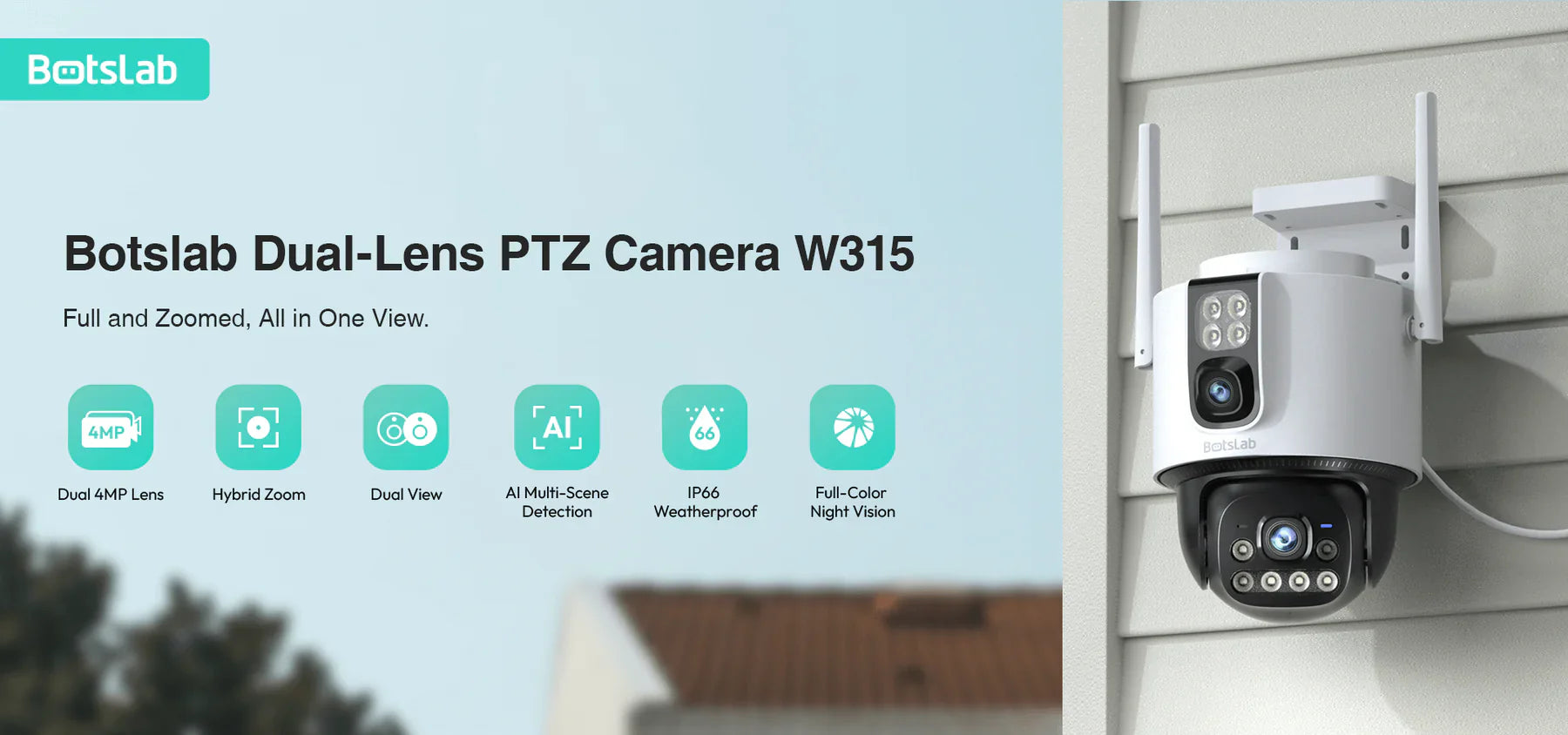
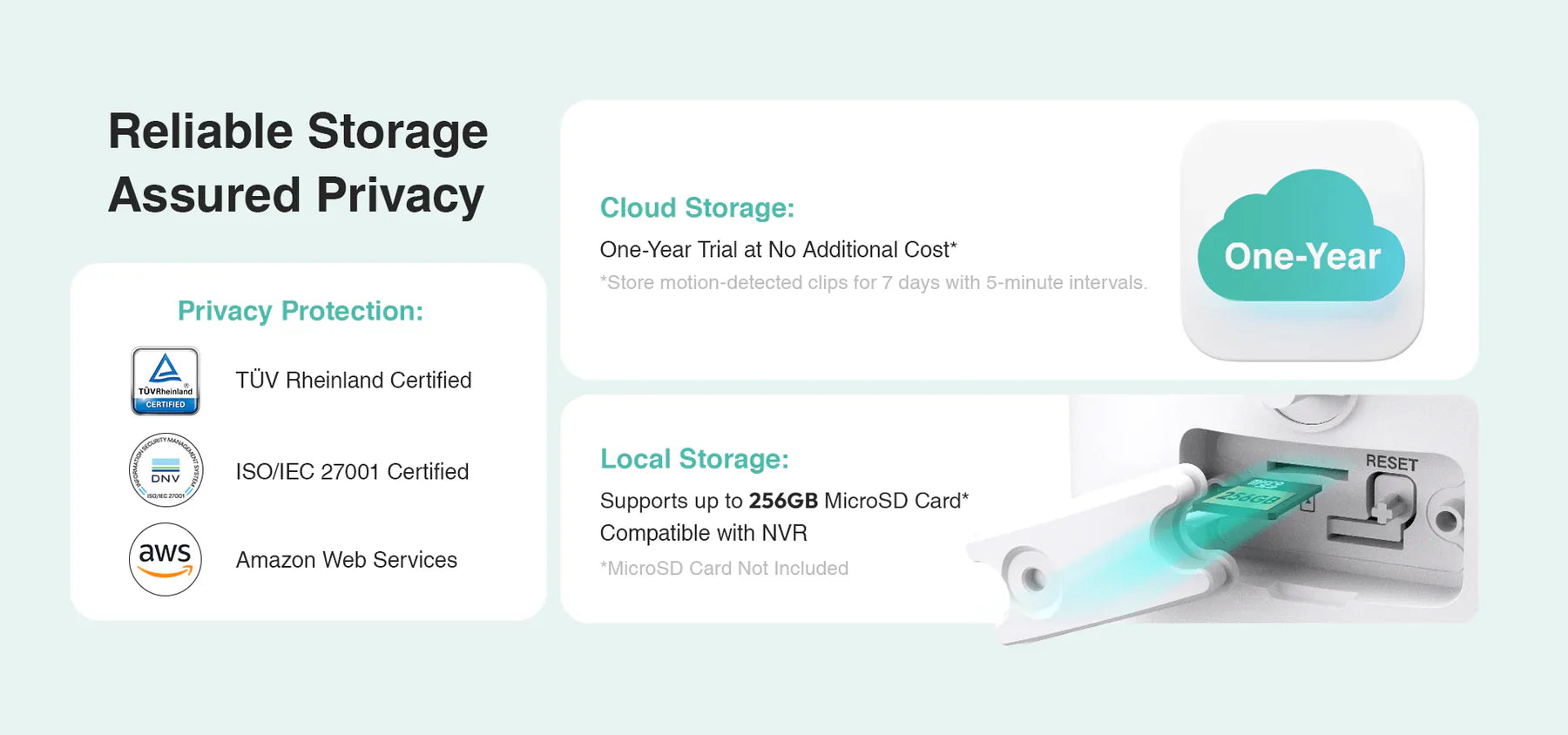
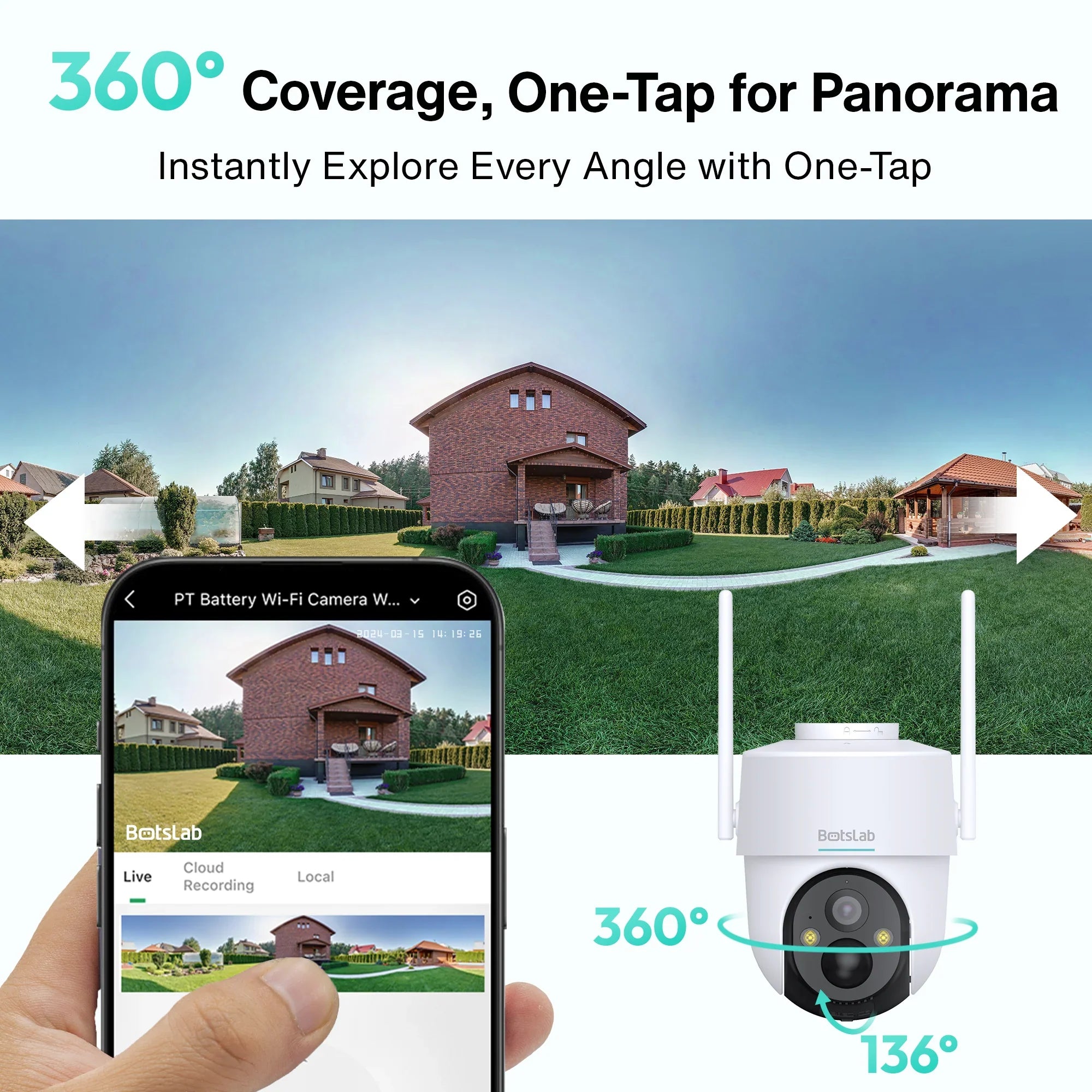
Teilen:
Top Tips for Boosting Solar Powered Security Camera Efficiency
Smart Tips for Picking Budget Home Security Cameras